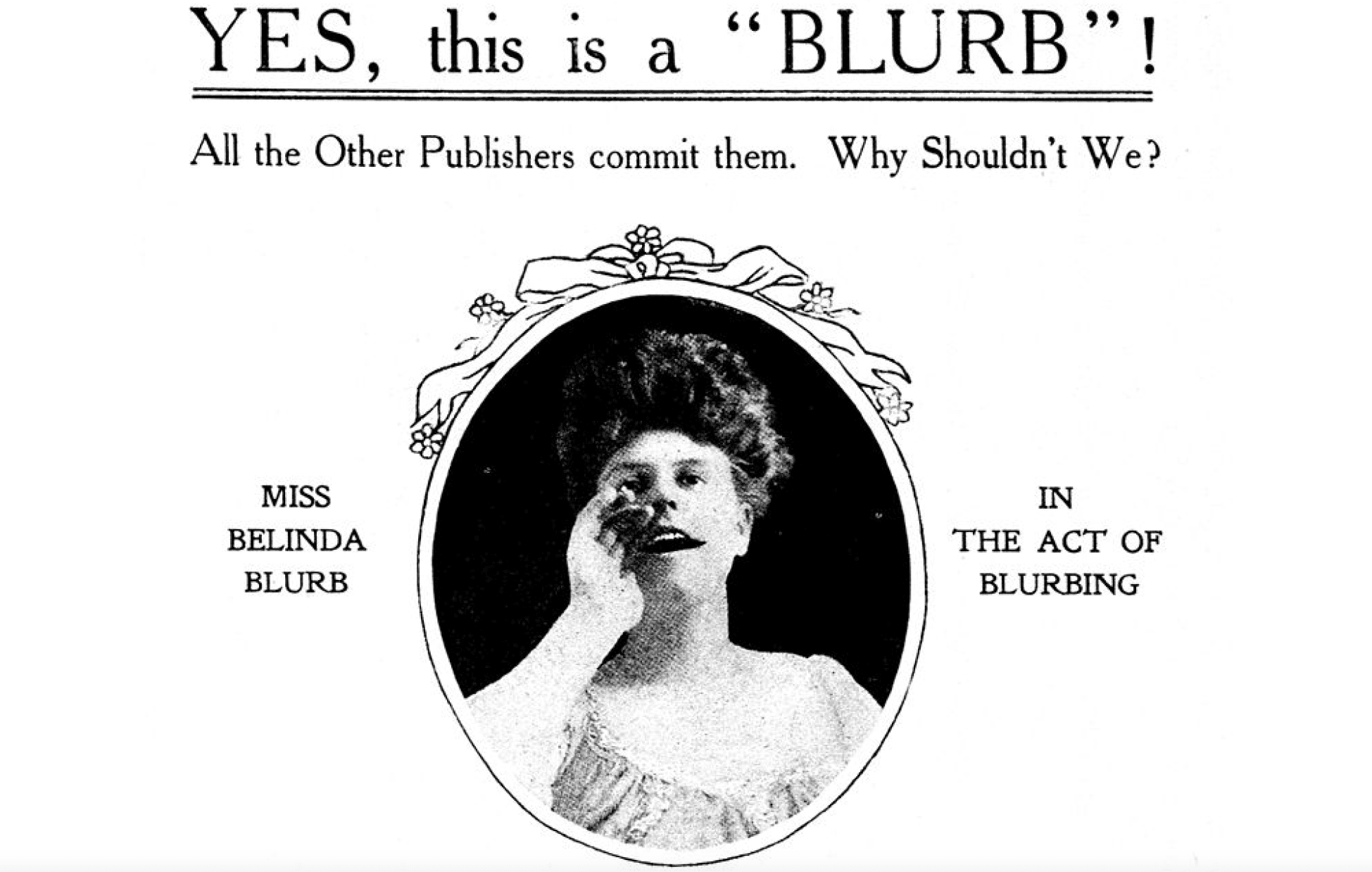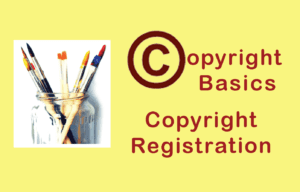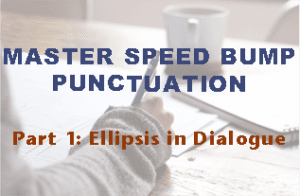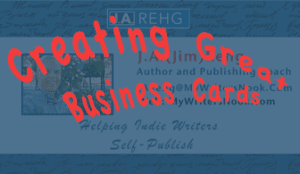The browsing eyes of readers first find the book’s cover. A well-designed cover image and an engaging, easy-to-read, eye-catching title and subtitle invite the reader to pull the text from the shelf in Barnes and Noble, at your local independent bookstore, or click on the cover image in Amazon. The author is one step closer to a sale. The next hurdle for the purchase is the book blurb on the flyleaf of the hard bound’s dust jacket, the paperback’s back cover, or the book’s description page on Amazon or another digital bookstore. A well-written blurb moves the author closer yet to a sale.
After clearing these first two hurdles, a collection of excellent reviews seals the sale. This post focuses on the second hurdle—a memoir blurb that hooks the reader. The best blurb makes every word count while following the age-old adage that less is more.
Book Blurb Versus Story Synopsis—Understanding the Difference:
Let’s be clear, a blurb and synopsis are not the same. They each have a function, but only the blurb should appear on the back cover, dust jacket, and on the digital seller’s book page. So a definition of each is a starting point.
A Synopsis is a condensed version of the story. This story summary includes the arc—beginning, middle, climax, and end—often with all the spoilers. It’s one page to ten pages and part of a book proposal sent to a traditional publisher/editor to explain the story content. A back-cover blurb never reads like a synopsis.
A Book Blurb is a short snippet of 150- to 225-words with a defined format that hooks the reader into buying the book but without giving away the plot or spoiler points in the story. An interesting tidbit, Gelett Burgess coined the term “blurb” in attributing the cover copy of his 1910 book, Are You a Bromide?, to Miss Belinda Blurb. Unlike a synopsis, your book blurb is not a play-by-play of the story’s account. Blurbs should present metadata to memoir readers.
The official definition of ‘metadata’ is data that describes other data. For a blurb, this means a description of the memoir in 225-words or less that describes the contents of the book (See 5 steps below for required content) without summarizing the story—general information but not the ins and outs of your story. The hints hook the reader’s interest and make them eager to read the full text. The blurb content that moves a potential reader closer to the purchase follows a set format somewhat dependent on the book’s genre. Later, this post suggests general guidelines for all blurbs and specific elements for a memoir blurb. Back-cover jacket information, book description, or ten-second elevator pitch are other names misused for book blurbs.
Traditionally Published Versus Self-Published
When a traditional house publishes a book, the publisher generates the back-cover content. The author may have some input but rarely writes the blurb. When an indie author self-publishes a book, they either write the back-cover text or use a paid service to generate the blurb.
Blurb Style and Form—A Destination’s Influence
Books have five formats: hardcover, paperback, eBook, Audibles, and audio CD. Brick and mortar bookstores and online resellers offer the first two. The last three are sold over the internet. The location of the blurb for these formats varies:
Hardcovers
The blurb appears on the inside flap of the book’s dust jacket and on the book’s sales page on Amazon or another digital retailer. A dust jacket permits blurbs longer than 225 words, but the content remains the same. Writers often expand the blurb on book covers and include some story content on the flap. The blurb’s online version in Amazon and other sellers have more generous limits but adhering to the 225-word limit remains the best practice.
Paperbacks
The blurb appears on the book’s back cover and on the book’s sales page on Amazon or another digital retailer. The word limit assures potential buyers will read the entire pitch. Online versions in Amazon and other sellers have more generous limits, but the description should adhere to the upper word limit.
eBooks, Audibles, and Audio CDs
Kindle books, other eBooks, and audiobooks have their blurbs located online at Amazon and other digital format retailers. The same maximum word limit is the best practice, with one exception. Amazon uses the words in tag lines (headings placed over blurb paragraphs) to determine where a book’s splash page will rank in the search. Words used in the tags should include keywords: these are words and phrases that customer frequently enters into the search engine to find books. So, strategically placed keywords in the tags of the Amazon blurbs pushes the book page closer to the top of an Amazon search. You’ll see the term SEO (Search Engine Optimization) associated with blurb’s keywords. Blurb tags that are search engine optimized will help assure that a reader sees your blurb. The 217-word memoir blurb for The Adventures of the Landfill Gang by J.A. Rehg follows.
Join the gang in a collection of true stories as four audacious boys grow up in post-WWII Mid-America. The gang—Jimmy, Andy, JD, and Buddy—discover an unlikely playground beyond their backyard gates—a twenty-acre city dump. Jimmy, self-conscious and shy, narrates tales that reveal his personal challenge of undiagnosed dyslexia. Although bright, his brain’s unique wiring makes learning in grade school difficult. However, Jimmy’s dyslexic ability helps him invent novel solutions for gang problems. But will his condition cause him to fail a grade? Andy, a year older and the gang’s Tom Sawyer, is the band’s undisputed leader, while JD, the group’s cynic, wants Andy’s top-dog status. Buddy is in every bully’s crosshair and can’t escape his jester’s role. The setting, a city dump, elevates this memoir over other coming-of-age books. The boy’s rowdy behavior and crude banter—typical of the 1940s and ‘50s—colors every story. As in the movie, Stand By Me, and Twain’s The Adventures of Tom Sawyer, they bend the rules and stretch the truth with no intent to harm. Just boys doing what boys do. Whatever your generation, the stories are your initiation into the gang. Take this fun trek down memory lane as the author’s authentic voice provides an entertaining way to look at growing up in a different era.
Short Version of the Blurb
Same blurb, but shorter, perfect for a paperback’s back cover when book size limits the space. The short version is often combined with a testimonial (a review from another author, newspaper, or reviewing organization) on the book back. In addition, this length works well for a Facebook post. The 126-word reduced count version is:
Join Jimmy, Andy, JD, and Buddy in post-WWII Mid-America as they explore a city dump just beyond their backyard gates. Jimmy, the narrator, has undiagnosed dyslexia that helps him invent solutions for gang problems. While the same unique brain wiring makes reading a failing proposition. Andy, the gang’s Tom Sawyer, is the band’s leader. JD wants Andy’s top-dog status, while Buddy continues to reject the jester’s role and ward off bullies. The dump’s setting sets this memoir apart from other coming-of-age books. If you liked the movie, Stand By Me, and Twain’s book, The Adventures of Tom Sawyer, you will love this memoir. Every generation will enjoy this stroll down memory lane and experience an entertaining way to look at growing up in a different era.
Book Loglines
A logline is an even shorter version of your book’s blurb—usually one to three sentences. It’s useful for retail sales sites with limited character or word counts, for including on giveaways, like bookmarks and postcard mailers. It also serves as an elevator pitch, for a Facebook post, or a LinkedIn entry: It even fits in a tweet. The 50-word longline follows:
The Landfill Gang, Jimmy, Andy, JD, and Buddy find adventure and trouble in a Midwest city dump following WWII. Jimmy, who suffers from undiagnosed dyslexia, narrates the twenty-one tales that address the member’s struggles and the change that trouble produces. Read the stories, join the gang, and experience Déjà Vu.
Book Taglines
Short and sweet. Perfect for promotional graphics and as a headline over blurbs and other story descriptions. Hook them with the tagline, then reel them in with the full blurb. The 13-word single line follows:
Grade School Boys’ Search for Adventure and Discovers Trouble in a Midwest Dump.
Book Blurbs—General Rules of Thumb
After you catch a potential reader’s attention with the cover, the blurb must sell the book. Experts differ on the style and content of blurbs because of dramatic changes in publishing over the past decade. However, an extensive review of blurb writing blogs yielded the following list of best practices for memoirs:
- Use the same reader hooks in the digital blurb that are present in the back-cover and dust jacket version. Include search-engine keyword hooks in paragraph tag lines, so the book is SEO and lands near the top of an Amazon search.
- Avoid cryptic terms and hyperbole. Tell readers in plain English what the book delivers.
- Answer the question: why should a reader buy this book and not another?
- Name the genre and central theme.
- Write blurbs in third person present tense.
- State the central physical world conflict with some added intrigue but not the resolution. Don’t dwell on a character’s internal conflicts.
- Introduce the main characters, especially the protagonist and the storyteller in the memoir but without story details.
- Keep it short between 150- and 225-words—cut the fluff and make every word count.
- Avoid making the blurb a short synopsis.
- Identify the audience for the book.
- Double-check text for grammar, spelling, and punctuation.
- Tell the reader the value received from reading.
- Never praise your own book; it sounds arrogant and narcissistic—let testimonials do it.
- Write multiple versions of the blurb—churn out samples with a vastly different tone or even content. Check them against these tips—let others critique them.
- On the Amazon book page, insert a blank line between blurb paragraphs. Limit paragraphs to three or four sentences and add short, keyword-rich tag lines over the paragraphs.
How to Write a Memoir Blurb in 5 Steps
The following steps describe the writing process.
1. Write a tag line for the blurb. Most often, tag lines are a single bold sentence located above the blurb that encapsulates blurb content. While not a mandatory element, it’s an excellent way to hook the reader with a hint of the content between the covers. Other options include a dynamite testimonial. Tag lines can be:
- A short, snappy sentence describing the story.
- A book testimonial from a well-known writer.
- A quote lifted from the book.
- Text from a reader’s book review.
Short and bold capture the reader’s eye.
The tag line for my Landfill Gang memoir blurb is
Grade School Boys Search for Adventure and Find Trouble in a Midwest Dump.
The single sentence identifies the characters, implies that the story’s theme is an adventure, promises conflicts and problems, and names the setting and location.
2. Introduce the main character(s). Memoirs are character-driven stories, so readers need to know them, especially the storyteller. Pull the reader into the story with names and metadata—general descriptions and status information. Don’t include a lengthy backstory, but just enough to place characters into the story’s conflict.
The Landfill Gang blurb introduces the characters in the first two sentences.
Join the gang in a collection of true stories as four audacious boys grow up in post-WWII Mid-America. The gang—Jimmy, Andy, JD, and Buddy—discover an unlikely playground beyond their backyard gates—a twenty-acre city dump.
The sentences identify the boys, genre (true story), theme (boy’s adventures), timeframe (after WWII), setting (the city dump), location (Midwest, US), and type of boys (audacious).
3. Set the stage for each character’s conflict. Conflict and tension drive the story—memoirs must have it, and all successful books include it. Harry Potter battled Voldemort, and Captain Ahab obsessed over his vendetta against a whale. The blurb should identify the real-world conflict but steer clear of the internal remonstrations that live in every character and their story.
The Landfill Gang blurb gives a potential reader a look at the tension in the gang and the storyteller’s specific conflict. The second and third paragraphs read.
Jimmy, self-conscious and shy, narrates tales that reveal his personal challenge of undiagnosed dyslexia. Although bright, his brain’s unique wiring makes learning in grade school difficult. However, Jimmy’s dyslexic ability helps him invent novel solutions for gang problems. But will his condition cause him to fail a grade? Andy, a year older and the gang’s Tom Sawyer, is the band’s undisputed leader, while JD, the group’s cynic, wants Andy’s top-dog status. Buddy is in every bully’s crosshair and can’t escape his jester’s role.
Jimmy, the narrator, has undiagnosed dyslexia, which makes his grade school experience conflicted. The other gang members have conflicts hinted at in the last two sentences.
3. Establish what is at stake. Consequences add drama to the conflicts. A conflict like “Scotland Yard has 24 hours to rescue a Russian ambassador” sparks interest. But when the reader learns the stakes, “… failure to find him will start a nuclear war,” it sets the hook for a sale. A good blurb establishes the primary conflict and identifies the stakes.
The Landfill Gang blurb asks.
But will his (dyslexic) condition cause him to fail a grade?
So the storyteller’s undiagnosed dyslexia complicates learning (conflict) which puts him in danger of failing a grade (the consequence).
4. Show the reader why this book is their best choice. Readers know the books they like. The well-crafted blurb helps shoppers who want a book like yours; realize they’ve found it.
The Landfill Gang blurb addresses this in several sentences.
The setting, a city dump, elevates this memoir over other coming-of-age books.
The subtle message is not all adventure memoirs are equal. This one is unique because other memoirs don’t use a dump for the primary story location. Another line also delivers the “best choice” message.
As in the movie, Stand By Me, and Twain’s The Adventures of Tom Sawyer, they bend the rules and stretch the truth with no intent to harm.
This text implies that your stories are like a popular coming-of-age movie and famous book. It subtly says: If you liked that movie and book, you’ll love this memoir. The message is delivered without sounding derivative.
5. Add a call to action at the bottom of Amazon blurbs for targeted readers. Identify the reader and invite them to order the book. Terms like “Get your copy” and “Be the first to read it” are less pushy than “Buy it now.”
The last three lines in the blurb identify the typical reader and offer a call to action.
Whatever your generation, the stories are your initiation into the gang. Take this fun trek down memory lane as the author’s authentic voice provides an entertaining way to look at growing up in a different era.
This is followed by a dynamic call to action.
Get your copy of The Adventures of the Landfill Gang—Read it now, and Experience Déjà Vu!
Can’t Write It—Buy It
There are numerous sites on the web that offer a blurb and bio-writing service. Prices can vary based on fiction versus nonfiction, genre, and length. The range is wide, starting at $5 to over $200. Given that variation, I suggest caveat emptor. Here are some sources:
Fiverr Go to Fiverr.com link and join (free) to find lists for hundreds of sources for blurb and bio writers.
Other Blogs on Blurb Writing
There is no shortage of blogs discussing blurb writing but not memoir blurbs. Here are some of the better ones I used for tips on memoir versions:
I’m always interested in my reader’s projects. What are you working on? Let me know here. Leave a comment and sign up for a short monthly newsletter so you never miss an informative post.






3 thoughts on “5 Steps To Write Memoir Blurbs That Hook Buyers”
Good post. I learn something new and challenging on sites I stumbleupon everyday. Its always interesting to read articles from other authors and practice something from other sites.
Thanks for your blog, nice to read. Do not stop.
Thanks. After I get my current book published, there will be more.